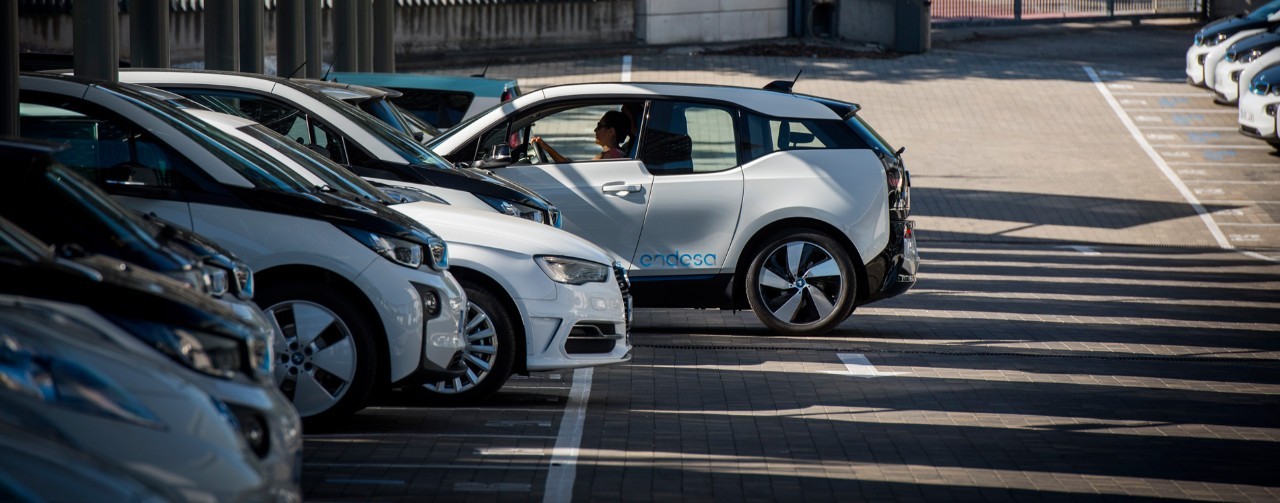
If you prefer to always view the website in English, please click here.
If you prefer to always view the website in English, please click here.
We live in the golden age of electric mobility. Its progression can be seen in the technical characteristics and sales — and trends suggest that it will continue growing over the coming decades and in its different forms. More than 80% of bus sales will be electric models by 2040 and we will see the price of their components decrease. These are some of the conclusions reached by Bloomberg NEF (BNEF) in their latest study Electric Vehicle Outlook 2019.
Urban and interurban mobility is part of global change that does not only affect private vehicles. As part of this process, companies should provide an innovative vision of what the future will look like by striving to find prototypes for the alternative operation of mobility assets.
This is what PALOMA (Prototype for Alternative Operation of Mobility Assets) does. It is the first prototype for a ground-level rapid electric bus charging system in the world. It is a project that we have developed in Malaga together with Alstom and Mansel, by introducing an electric bus and installing charging systems at the terminal stops.
“This technology gives the electric bus enough independence to go the whole day without needing to return to the depot early for a full charge.”
This technology is integrated into the tarmac at the bus route terminals so the electric buses can be charged rapidly and efficiently through direct contact. These systems allow the chargers to be integrated into the urban landscape, they do not obstruct the ordinary traffic flow and they improve the buses' independence, meaning they will only need to stop for a full charge at the end of the day.
Due to the nature of this project, we have also introduced an advanced monitoring system for the medium and low voltage electric distribution networks through an automated transformation centre.
The aim of this initiative is to replicate the independence of traditional buses without affecting passenger waiting times, with the latest advances in technological innovation in electric mobility.
Tramline technology was the starting point for the system used in PALOMA. This technology is called SRS (Static Recharge Solution) and was developed by Alstom. It uses a supply system on the ground, which then charges the bus using collector shoes located underneath the vehicle that are activated by telecommunication signals.
Malaga was the location chosen for this project, it is a real-life test lab and a benchmark for this and other projects that have been rolled out over the years thanks to our Living Lab Smartcity Malaga where we test and endorse different technologies that help make Malaga a smart city.
The PALOMA project is co-financed by the European Union, using funds from the ERDF and the CDTI (the Centre for the Development of Industrial Technology). It also has the backing of Malaga City Council, the Ministry of Economy and Competitiveness and the University of Malaga.





.jpeg)